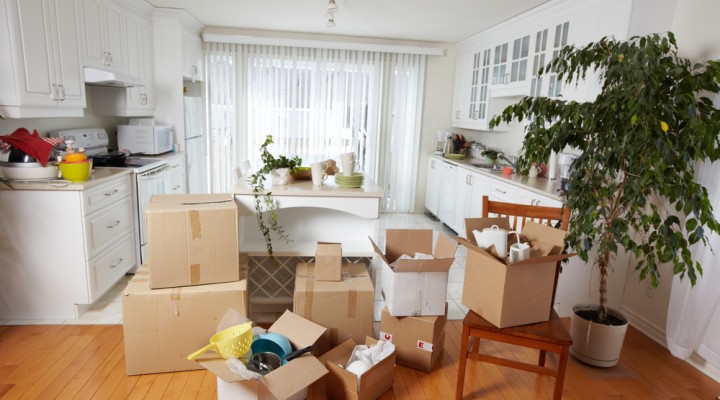Tips to Packing Up Your Kitchen
Tips to Packing Up Your Kitchen: Packing up your kitchen before your upcoming move is no small feat even for the most seasoned mover. Since kitchens contain a wide variety of items from necessities to sundries, it’s best to start packing up early. Many items require special attention yet some you can afford to pack up in the beginning without too much thought. The questions are how to start packing up your kitchen and how to move the contents to your next home. Read on for household hints on packing up your kitchen.
Tips to Packing Up Your Kitchen
The first step on the road to packing up your kitchen is cleaning and sorting through everything. Start with cabinets and drawers, taking everything out and assessing what’s worth keeping. Although colorful matchboxes you once took as souvenirs from a long ago trip to Key West or Cape Cod stir up fond memories, do you really need them? Same goes for cookie cutters you never use and rusty corkscrews and peelers. Just by decluttering, you’ll reduce the items you need to pack. Separate things into donate, trash and pack piles. This includes small appliances, too.
Pack Up Other Seasons
Depending on what time of year you move, there’s loads of stuff that can be packed up or go to storage. Seasonal decorations and linens, tureens and platters used only on holidays and even dishes, glassware and utensils specifically used for your grill and summertime picnics.
Use Special Moving Boxes and Techniques
With the unique and fragile items that reside in your kitchen, take care to use proper boxes and packing methods. We can provide you with new, specially designed dish boxes and bubble wrap to protect your breakables. However, you can use dish towels, old newspapers (which may leave residue) or follow Recipe.com’s advice by using plastic bags or leftover shredded paper to layer your individually wrapped dishes. Using your containers like Russian nesting dolls, pack smaller items into sequentially larger ones. Avoid making boxes too heavy and pack cookbooks separately using book boxes. Wrap sharp knives in cardboard and tape to protect the blades and yourself. We recommend only using new moving boxes that are sturdier for kitchen items.
Eat Up
Once you begin the moving process, start having a smorgasbord! Dig deep into your pantry and freezer and use the food you forgot about if it’s still safe to eat and desirable, says Livability. If you find edible food you don’t want, Apartment Guide suggests donating the food to a food bank or shelter. Food and other perishables cannot be sent to storage. If you want to take the goods with you, carefully seal any opened containers or transfer the contents to another container before transporting them. With cans, disperse them equally between several boxes so they’re not overwhelmingly heavy. Limit your spending on groceries and kitchen supplies until you move. Also, ensure you leave behind enough daily supplies or use disposable ones. Don’t forget to either buy or save snacks for you and your movers on moving day!
Determine the Fate of Your Appliances
Even though you’re well-acquainted with your washer and dryer, it may be easier and more economical if you let them stay. Transporting appliances seems cheaper than buying but involves more muscle and disconnection and installation hassles when you could just purchase new ones that match and fit in your new kitchen or use the ones already there. The choice is yours but give this wise consideration before you decide.
Address : 1814 S Bundy Dr #10 , Los Angeles, CA 90025
Phone : (888) 858-1511


